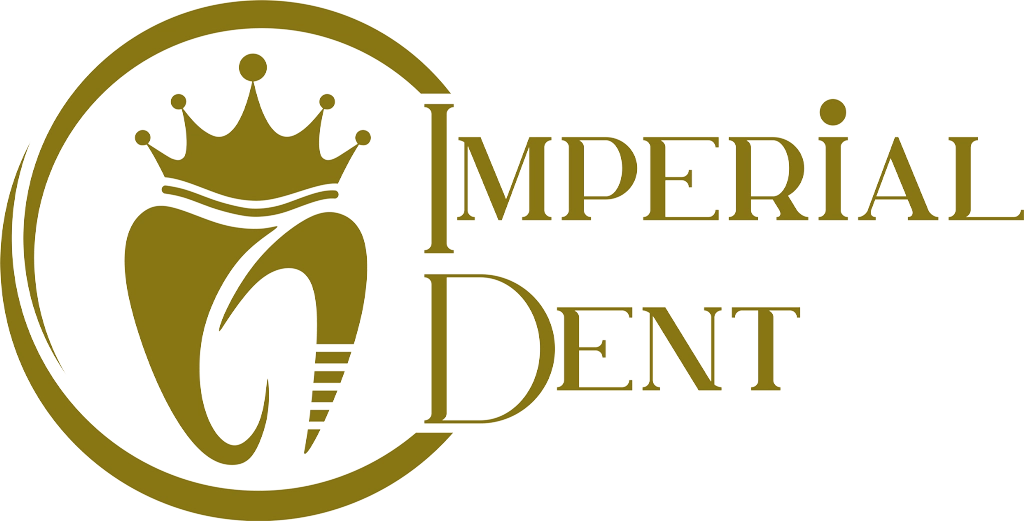Tooth decay is a destructive, chronic process affecting the solid tooth tissue, being the most common cause of tooth loss. Dental caries or tooth decay is the most common pathological condition that occurs in humans. Pulp infections, known as pulpitis, are caused by microorganisms and bacteria that usually start with tooth decay.
Tooth decay can occur on any surface of the tooth that comes in contact with the oral environment, but cannot form on the parts of the tooth inside the alveolar bone.
What causes tooth decay?
The infectious factor
The oral cavity contains a fairly large variety of batteria, but only a small number of them are responsible for the appearance of cavities. Streptococcus mutans and Lactobacillus are the most important of these.
The food factor
Foods rich in sugars and carbohydrates promote tooth decay. Bacteria in the oral cavity turn these sugars into acids, if left in contact with the tooth longer, the acids will attack the hard tissues of the tooth causing its demineralization. Dental plaque develops especially in areas that are difficult to clean, where foods rich in simple carbohydrates remain on the teeth.
Quality and hardness of dental tissues
Certain diseases or genetic disorders can affect the quality of the enamel and dentin, thus increasing the possibility of cavities. Thus, the teeth become more vulnerable, because the enamel that covers them can no longer protect them effectively. Even if this factor is not the primary cause, it can be an important element in the appearance of tooth decay.
Symptoms of tooth decay
In the early stages, tooth decay does not produce any symptoms, especially if they are at the limit of tooth enamel. Once caries have reached the next tissue, dentin, the nerve endings inside the dentinal canals will be directly exposed to the caries process. When caries get close to the dental pulp, spontaneous pain of a fairly high intensity can occur when eating hot or cold food, sometimes even touching the tooth. If caries penetrate the dental pulp, an inflammation of the pulp tissue will occur, the given condition is called pulpitis and often an endodontic treatment is already needed.
Treatment
The most effective method of treating dental caries is dental prophylaxis. It consists of a set of procedures that can be performed both at home and at the dentist’s office. The determination of the method of treatment of dental caries depends on several factors:
- if caries is incipient or has already formed a cavity;
- if caries is active or stopped in evolution;
- if dental caries is primary or secondary.
Treatment of early tooth decay. The incipient caries appear as white spots on the surface of the teeth, which indicates that this area is affected by the demineralization process. Many researchers believe that in the case of early caries, no specific treatment is needed. However, in order for this process to be stopped, the doctors from the Imperial Dent dental clinic recommend that you ensure certain optimal conditions, so that these lesions are stopped from evolving:
- reduce sugar consumption;
- to respect a regular and thorough oral hygiene;
- to practice regular descaling, in order to eliminate the environment conducive to the growth of bacteria.
Treatment of tooth decay that have already formed a cavity. Once the carious lesion extends into the dentin, the remineralization process is no longer possible. In such situations it is necessary to clean the cavity and respectively to apply a filling.
Treatment of secondary tooth decay. They form at the edge or bottom of existing fillings or dental work. Old dental work can undergo various changes over time, which can favor the appearance of secondary caries, under dental crowns, bridges or prostheses. The classic treatment for this condition is to completely remove the old work, remove decayed and infected tissue and install a new filling or dental crown.
We hope the information we have provided has been helpful. If you want a consultation to find out the condition of your teeth, from the perspective of a specialist, we are waiting for you at the Imperial Dent dental clinic.
